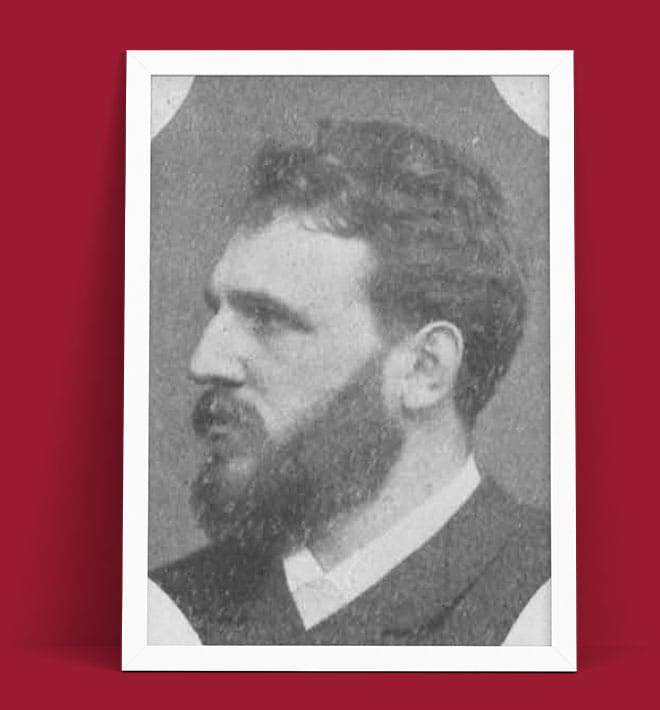Academic Career and Influence
In 1896, Breuer was appointed as a professor of sculpture at the Prussian Academy of Arts in Berlin (later known as the Berlin Academy of Arts). He held this position until his death in 1930. As a professor, Breuer mentored a generation of sculptors who would become influential in their own right, including Hans Dammann, Fritz Röll, Leopold Fleischhacker, Felix Pfeifer, and Rudolf Belling. His teaching emphasized both traditional craftsmanship and openness to modern artistic expressions.
Artistic Style and Notable Works
Breuer's sculptures are characterized by a blend of classical form and modern sensibility. He often depicted human figures with a focus on naturalism and emotional expression. One of his notable works is the bronze sculpture "Der Frühling" ("Spring"), created in 1891, which exemplifies his ability to capture delicate human forms with grace and vitality. This piece, along with others, showcases his transition from traditional motifs to more modern interpretations.
Legacy
Peter Breuer's contributions to sculpture were significant in shaping the direction of German art during a period of great change. His role as an educator helped disseminate modernist ideas, and his own works bridged the gap between 19th-century traditions and 20th-century innovations. Today, his sculptures are held in various collections and continue to be studied for their artistic and historical value.


